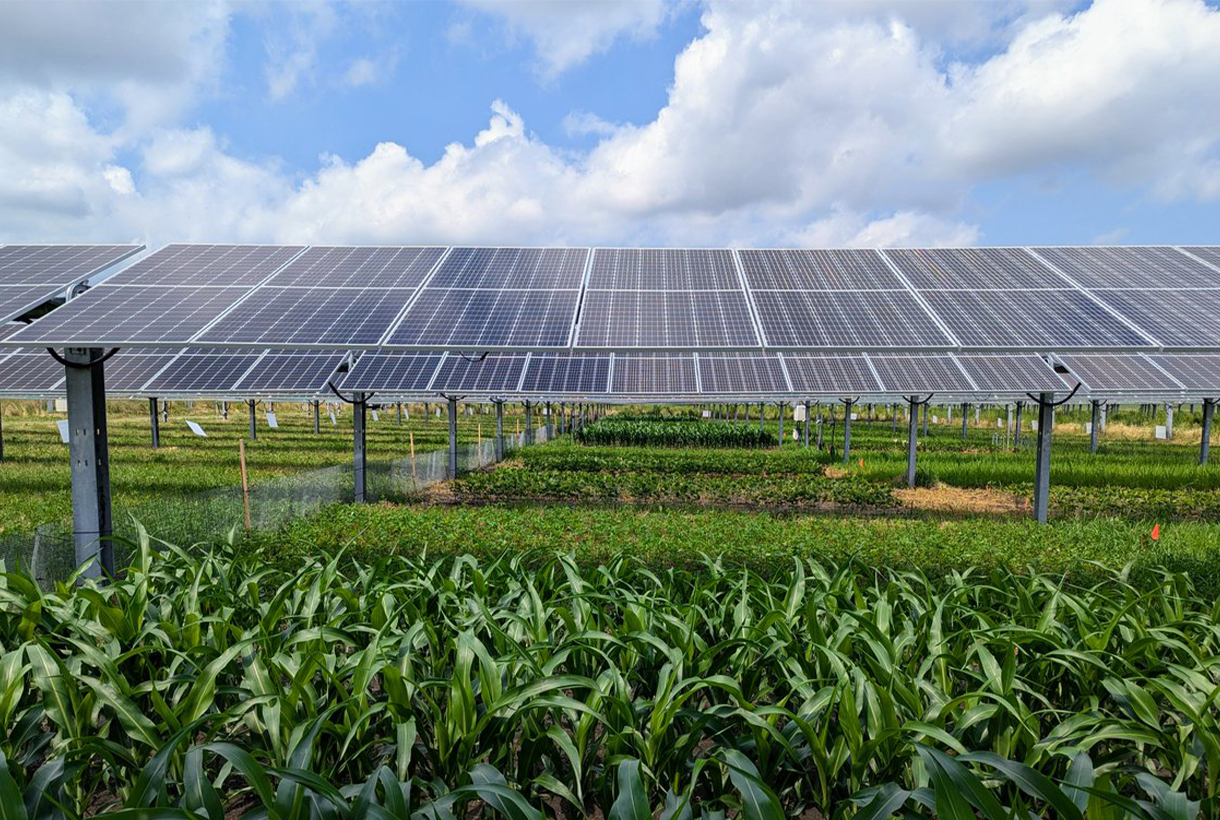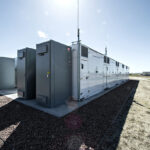

Agriculture is the lifeblood of economies, sustaining millions of livelihoods and feeding nations. Yet, the challenges facing the agricultural sector today are immense—rising energy costs, unpredictable climate patterns, and the need for sustainable practices to ensure food security. Solar energy has emerged as a transformative force, offering farmers a powerful tool to overcome these challenges and usher in a new era of sustainable and efficient agriculture.
Why Solar Energy and Agriculture Are a Perfect Match
The agricultural sector is inherently energy-intensive. From irrigation systems to cold storage, drying facilities to food processing, a reliable and cost-effective energy supply is crucial. Solar energy provides a sustainable alternative to conventional energy sources, which are often expensive, unreliable, or inaccessible in rural areas. Here’s how solar is revolutionizing agriculture:
1. Solar-Powered Irrigation: Watering Fields Without Worry
For farmers, irrigation is not just a need but a lifeline. Solar water pumps are changing the game by providing an affordable, sustainable, and accessible solution for water management. Unlike diesel-powered pumps, solar pumps have minimal operational costs and are virtually maintenance-free.
- A small to medium-sized solar pump can reduce irrigation costs by 80-90%, allowing farmers to save significantly in the long term.
- Solar irrigation systems also enable efficient water management, critical in regions facing water scarcity or unpredictable rainfall patterns.
With solar, farmers no longer need to depend on erratic electricity supply or expensive diesel, ensuring a stable and timely water supply to their crops.
2. Solar Cold Storage: Reducing Post-Harvest Losses
Post-harvest losses are a persistent problem, with an estimated 20-30% of produce wasted due to inadequate storage facilities. Solar-powered cold storage units offer a practical and sustainable solution by preserving fruits, vegetables, and grains, reducing spoilage, and increasing farmers’ profitability.
- Solar cold storage units are scalable and can be installed even in remote locations, making them accessible to smallholder farmers.
- By extending the shelf life of produce, these units enable farmers to sell their crops at better prices instead of being forced to offload them quickly at lower rates.
3. Empowering Agricultural Processing and Value Addition
Agriculture isn’t just about growing crops; it’s about adding value to them. Solar-powered processing units for grinding, milling, and drying enable farmers to transform raw produce into market-ready products, increasing their incomes and reducing wastage.
For instance, solar dryers allow farmers to dehydrate fruits, vegetables, and spices efficiently, enabling them to preserve and sell these products year-round.
4. Combating Climate Change and Reducing Carbon Footprints
Agriculture is both a victim and contributor to climate change. Solar energy offers a dual advantage by mitigating agriculture’s environmental impact while providing resilience against climate-related challenges.
- Transitioning from fossil fuels to solar reduces greenhouse gas emissions, promoting cleaner and greener farming practices.
- Solar solutions, being independent of grid electricity, provide reliable energy access, even in the face of power outages or natural disasters.
5. Economic Benefits: A Path to Financial Resilience
Solar energy isn’t just an environmentally sound choice—it’s an economically savvy one. The initial investment in solar systems is offset by long-term savings on energy costs, creating financial stability for farmers. Moreover, government incentives and subsidies in many regions have made solar installations more affordable, accelerating adoption in the agricultural sector.
Farmers who adopt solar solutions often find themselves reinvesting savings into their farms, purchasing better seeds, improving equipment, and scaling operations. This ripple effect transforms not only individual farms but entire rural economies.
What the Future Holds
The integration of solar energy into agriculture is more than a trend—it’s a necessity. By harnessing the power of the sun, the agricultural sector can achieve energy independence, resilience, and sustainability. Policymakers, businesses, and innovators must work together to accelerate this transition by:
- Providing affordable financing options for solar installations.
- Raising awareness about the benefits of solar technology in agriculture.
- Driving innovation to make solar solutions more efficient and accessible.
A Green Revolution Powered by the Sun
Imagine a world where farmers no longer worry about rising fuel costs or erratic power supplies, where every crop harvested is stored safely, and where agricultural processes contribute to, rather than detract from, environmental sustainability. Solar energy is not just lighting up fields; it’s lighting up futures.
By embracing solar energy, agriculture can truly lead the way toward a sustainable, resilient, and prosperous future. The sun has always been a farmer’s ally—now it’s time to make it their most powerful partner.

